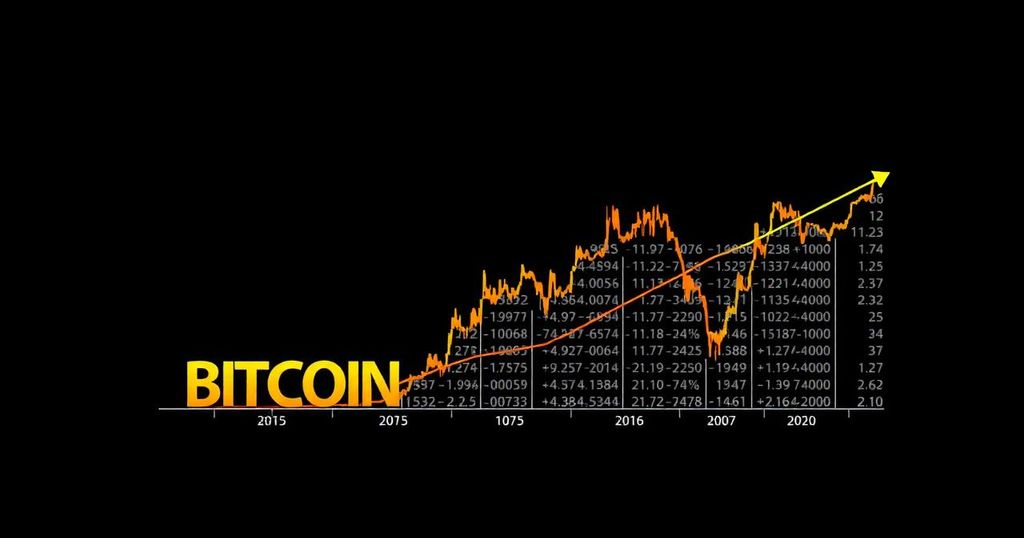Factors Contributing to Bitcoin’s Price Decline: An Analysis of Recent Market Trends
Bitcoin, the leading cryptocurrency, has witnessed a significant decline in its value, dropping over 10% in the past fortnight and currently trading below the threshold of $58,000. This decline has raised concerns among investors as various factors, including substantial capital outflows from spot Bitcoin Exchange-Traded Funds (ETFs) and deteriorating profitability for miners, have contributed to the bearish trend.
In recent days, the market has experienced remarkable outflows from Bitcoin ETFs, with a staggering $287 million withdrawn on a single day, marking the largest outflow in the past four months. The trend of selling has persisted, with an additional $37 million net outflow recorded shortly thereafter. It is notable that Fidelity’s FBTC fund faced the largest withdrawals, wherein investors liquidated holdings exceeding $162 million. This declining investor interest in ETFs—which currently manage approximately $52.6 billion in assets, a decrease of $10 billion from their peak—signals a potential shift in market sentiment toward Bitcoin-related investments.
Compounding this situation is the growing concern regarding miner profitability. The index measuring miner profits has plummeted to $42 per Petahash per day, a decrease from the previous figure of $48 per Petahash per day recorded two months prior. Such profitability, influenced by various factors including network difficulty and transaction fees, is approaching all-time lows. As miners currently hold over 1.8 million BTC, there is apprehension that they may resort to liquidating portions of their holdings to cover operational expenses or meet debt obligations, thereby exerting additional downward pressure on the price of Bitcoin.
Macroeconomic considerations also play a significant role in the dynamics of Bitcoin’s pricing. The specter of recession within the United States poses concerns that have permeated through the cryptocurrency market. However, there appears to be a stabilizing trend as market focus shifts toward monetary policy adjustments by the Federal Reserve and the evolving performance of the U.S. dollar. Analysis from the CME FedWatch tool indicates a 59% probability of a 25 basis point rate cut in September, alongside a 41% likelihood of a 50 basis point reduction.
From the perspective of technical analysis, Bitcoin is presently exhibiting bearish indicators, trading below $57,500 and the 100-hour Simple Moving Average. Should Bitcoin fail to surpass the resistance level of $58,000, it may encounter further downward momentum, with imminent support levels identified at $56,350 and $55,500. If the selling pressure amplifies, a decline to $53,500 could be anticipated.
In conclusion, despite the prevailing challenges faced by Bitcoin, some analysts remain optimistic, suggesting the potential for a bullish trajectory should there be shifts toward more lenient Federal Reserve policies, such as a reduction in interest rates. Should such a scenario unfold, traditional financial assets might appear less attractive, thereby prompting investors to explore higher-yield opportunities in risk assets like Bitcoin. As the market navigates these complexities, stakeholders will need to remain vigilant and responsive to both macroeconomic developments and emerging trends within the cryptocurrency landscape.








Post Comment